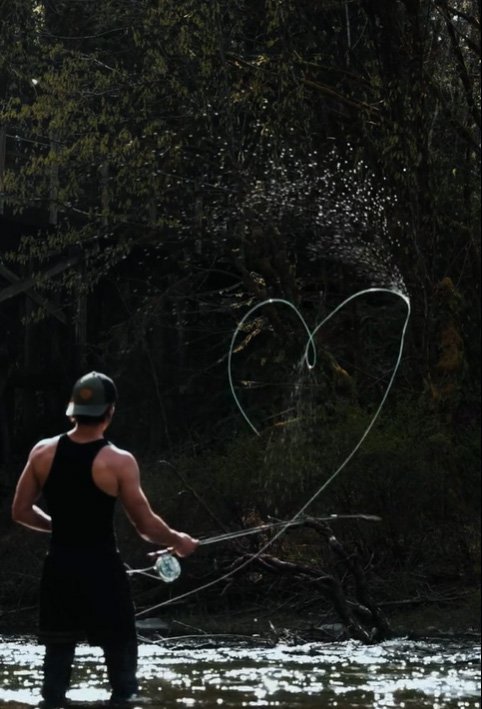Klink ‘n’ Dink vs Suspended Droppers
It’s that time of year when buzzers and dries are catching a lot of fish. The popular washing line, straight lined buzzers and the ubiquitous bung methods are being used throughout the country to great effect. Early evening dries are also producing some great and exhilarating fishing.
When fish are taking buzzers and dries, which one do you use to maximise your catch ? The answer could be both !
There are two main methods of doing this, the New Zealand (or Klink ‘n’ Dink) and the suspended dropper.
The New Zealand (or Klink ‘n’ Dink) Method
This method relies on using a dry fly (such as a Klinkhammer, hence the name) as an indicator, like a bung, but also has a dropper below it. The dropper is tied directly to the dry fly and this gives a dry fly presentation with a subsurface fly sitting directly beneath it. The dry fly can then be watched for a potential take on the surface but also seen as a bung as it will suddenly shoot under the water if the dropper is taken.
The dropper can be attached in one of two ways :
Added Ring/Eye
An added ring can be attached to the dry fly and a dropper can be tied to the ring and hung below the dry fly. This is the most secure way to do it, but does add an obstruction to the hook which may, potentially, interfere with hooking the fish. In addition, this unnatural addition may make the fish more wary of the dry fly.

Direct Attachment
The dropper can be tied directly to the curve of the hook on a dry fly using a uni knot or similar. This eliminates the issue of unnatural presentation of the dry fly, but may still interfere with the hooking of the fish. Care should be taken with barbless flies of course, as the knot may slip off the dry fly hook under pressure from a fish.

How long you set the dropper depends entirely on where you’re fishing, where you think the fish are feeding and what conditions prevail. This will, of course, vary depending on when and where you choose to fish, but experiment with different length droppers until you find the fish.
The Suspended Droppers Method
An alternative to the New Zealand method is to suspend your dropper(s) between a point fly and your fly line. This is similar in some ways to the washing line, but the point fly (usually a FAB or a booby on a washing line) is replaced with a dry fly. This gives the dry fly method on the top of the water, but allows you to suspend (or hang) your droppers just below the surface in between the point fly and the fly line.
Obviously, this approach would work best with a floating fly line and an especially buoyant one would really help, as this will support the weight of the dropper flies and reduce the strain on the dry fly on the point. The time to use this is when the fish are on or just below the surface, as the dry fly will attract the trout and the droppers will be right in front of them at their depth.
Everything else is very similar to the New Zealand method, in that you watch the dry fly for a take on itself or a take on the droppers pulling it below the surface. You should, of course, keep an eye on the fly line too, as a take on the droppers could pull towards the point fly and not give a clear indication of a bite. A shooting fly line is an obvious sign you have a fish on.

These are unusual methods and can, on their day, catch when nothing else is working. I wouldn’t necessarily recommend you starting with either of these methods, but keep them in your back pocket for when you’re struggling. These simple, yet clever, methods can be the difference between a blank and a good day.



